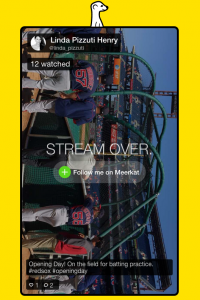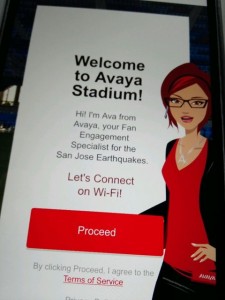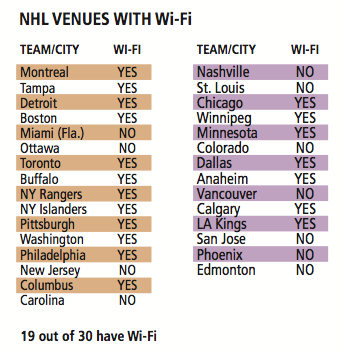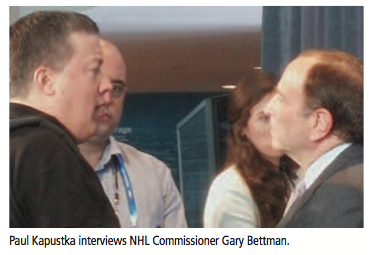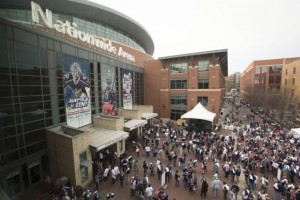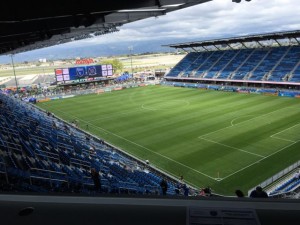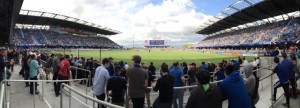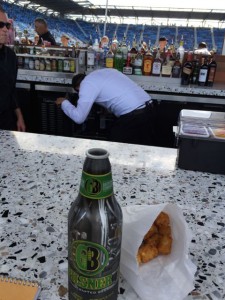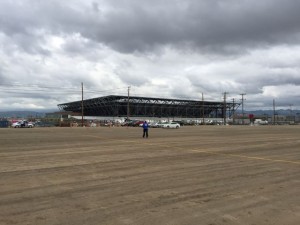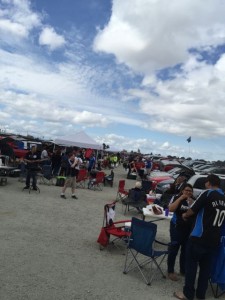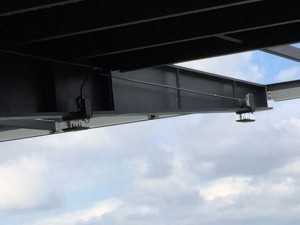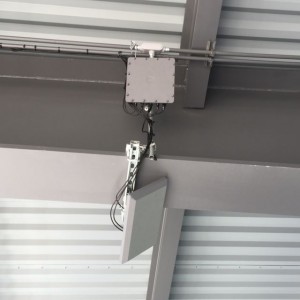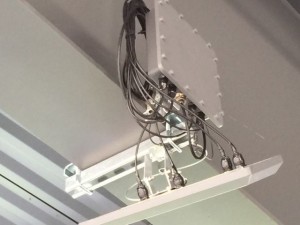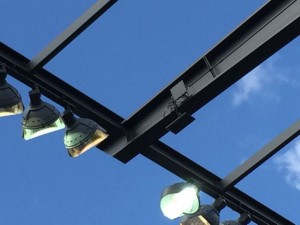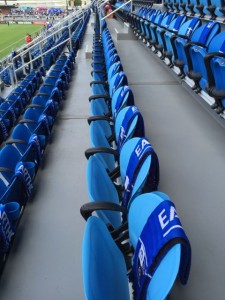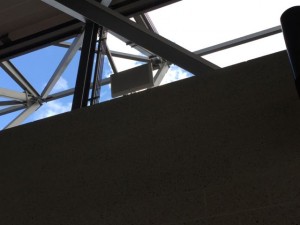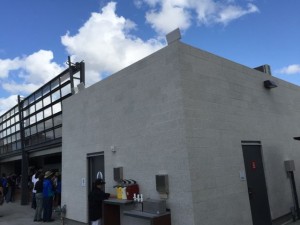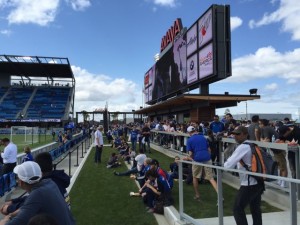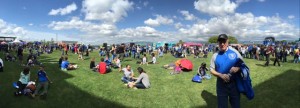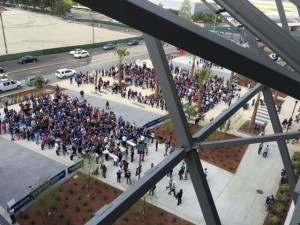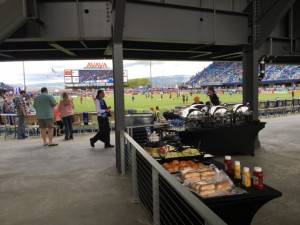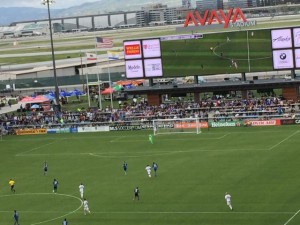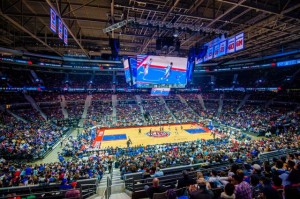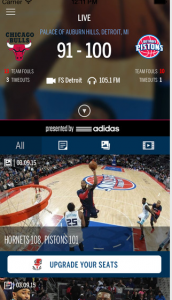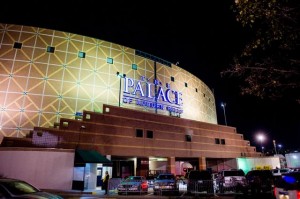UPDATE: The Wall Street Journal got MLB to comment… and the league doesn’t like live streaming, no wonder. Still, no word on how it’s going to be enforced.
UPDATE 2: Well, MLB has responded… and it made the WSJ issue a correction, no small thing there. According to MLBAM’s Bob Bowman the league will “monitor” people who are livestreaming, but won’t take any action. Apparently Bowman thinks that fans won’t spend their time at games livestreaming, which we would put in the “remains to be seen” category. Also, nothing has been said so far about how livestreaming might affect stadium wireless network performance; so we are still betting that we haven’t yet heard the end of potential Meerkat/Periscope bans, especially from other sports like football. Stay tuned!
Though live streaming of game action seems to be in direct violation of MLB broadcast rights, we still haven’t heard back from the league about what it plans to do, if anything, about livestream feeds from games. For what it’s worth, the Meerkat terms of service seem to absolve the app or the company from any infraction, saying it’s the user’s responsibility to not use it to show content that is copyrighted or otherwise protected. But we all remember YouTube, right?
Since the live streams aren’t archived it’s possible that the league may just let them slide; and there probably aren’t more than a handful of people streaming yet at each game, so it’s doubtful that stadium networks are yet feeling any huge strain from the apps.
But it’s also not too hard to look into the near future at a “big game” and see hundreds or thousands of fans bringing a stadium network to its knees with live video streaming. So far, none of our stadium sources seems willing to talk publicly about the potential problem; we also have calls and emails in to both Twitter and Meerkat, and will update this post as we hear more.Twitter, which bought Periscope, has a relationship with MLB so you are likely to see lots of Vines and photos from teams. But so far on the Twitter Sports blog, no Periscope. Let us know if you see any live action streams… we will keep updating this post as we hear more.
UPDATE: Just saw some live video of introductions in DC thanks to our old pal David Joachim (hey Dave!)…
LIVE on #Periscope: Nats Park #OpeningDay https://t.co/C73ddgspG1
— David Joachim, NYT (@davidjoachim) April 6, 2015
UPDATE 2: Just had to add this tweet from one of my favorite writers, Steve Rushin… of course they’re on their phones!
Baseball. One inning into the season and everyone looking at their phones. pic.twitter.com/eft1z6fTiZ
— Steve Rushin (@SteveRushin) April 6, 2015
